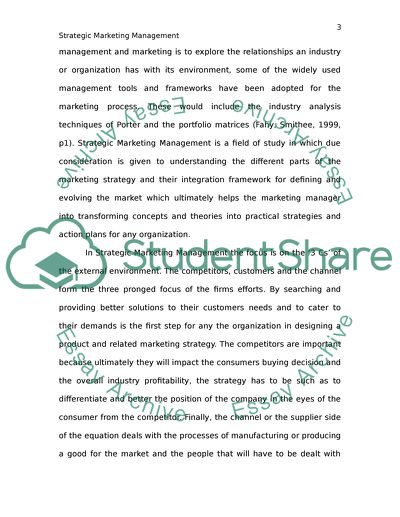Cite this document
(“Strategic Marketing Management Essay Example | Topics and Well Written Essays - 2500 words”, n.d.)
Retrieved from https://studentshare.org/marketing/1398205-strategic-marketing-management
Retrieved from https://studentshare.org/marketing/1398205-strategic-marketing-management
(Strategic Marketing Management Essay Example | Topics and Well Written Essays - 2500 Words)
https://studentshare.org/marketing/1398205-strategic-marketing-management.
https://studentshare.org/marketing/1398205-strategic-marketing-management.
“Strategic Marketing Management Essay Example | Topics and Well Written Essays - 2500 Words”, n.d. https://studentshare.org/marketing/1398205-strategic-marketing-management.


